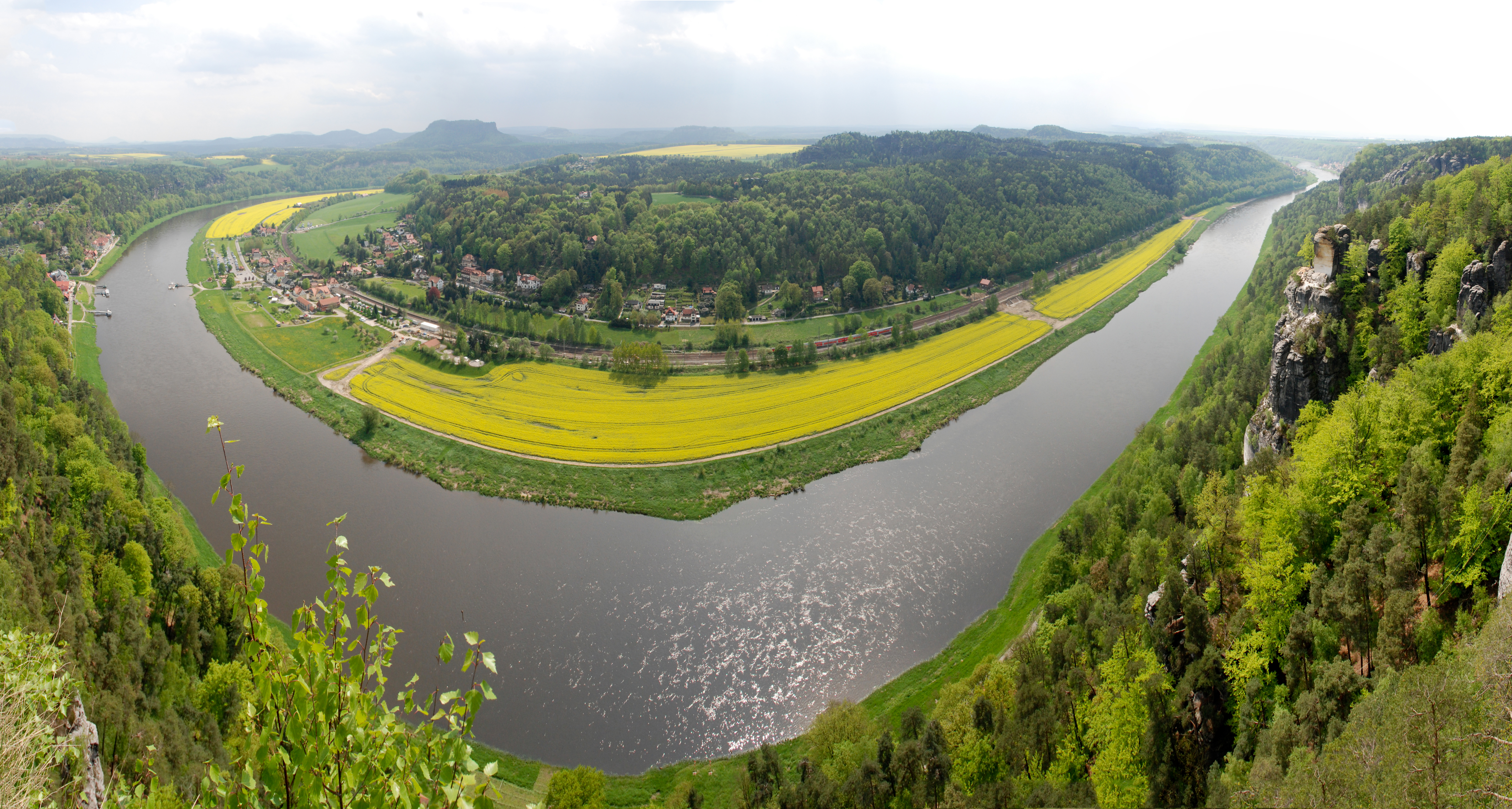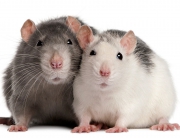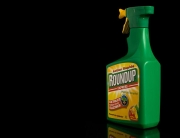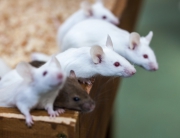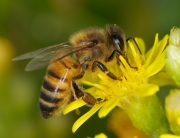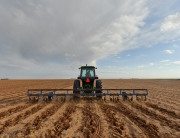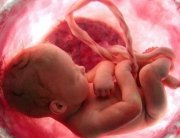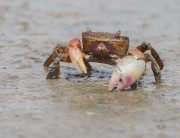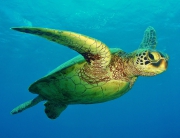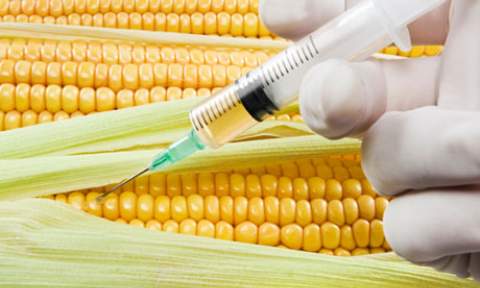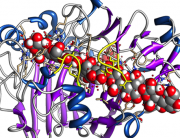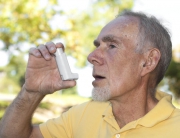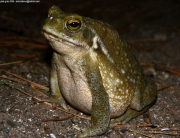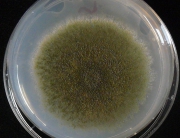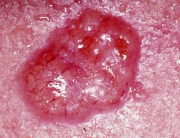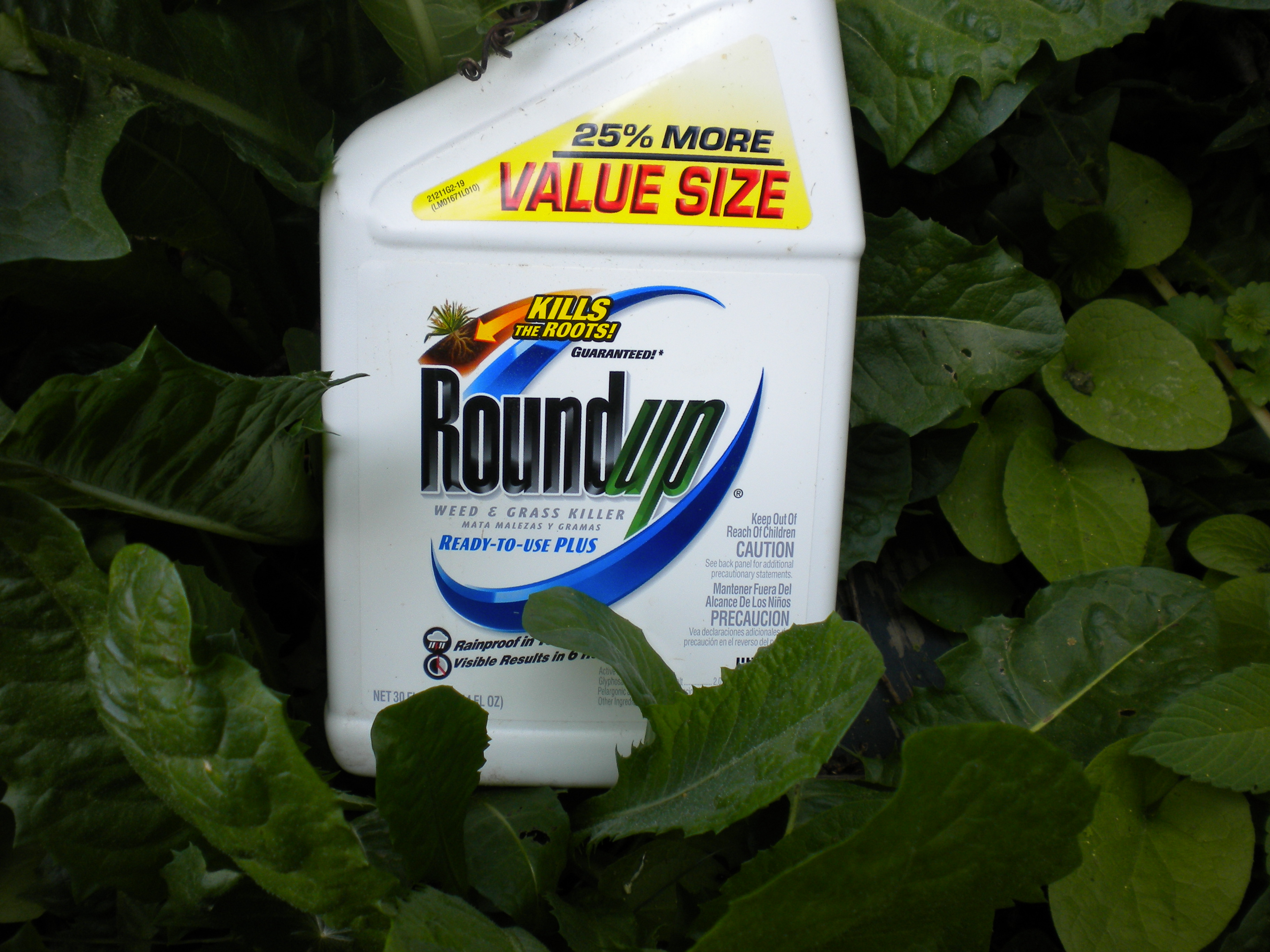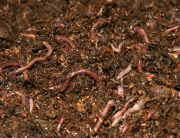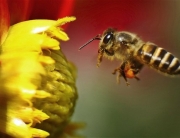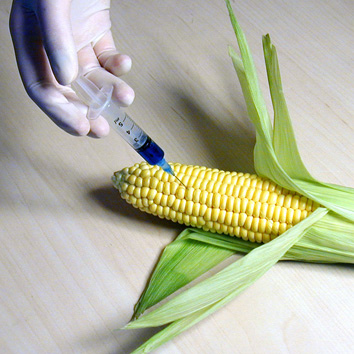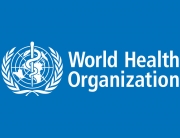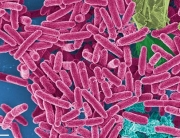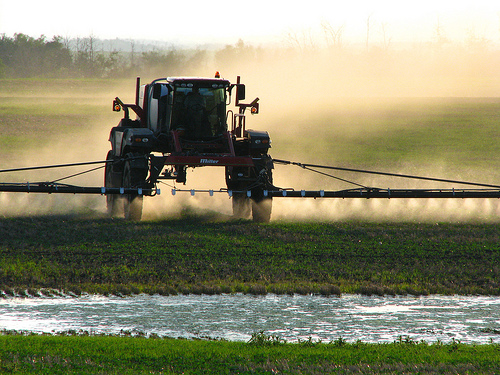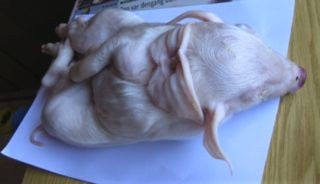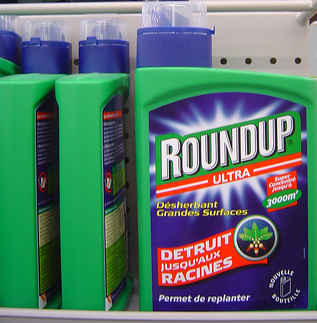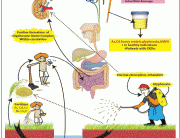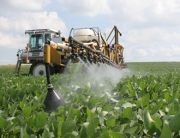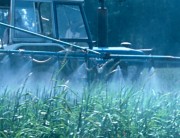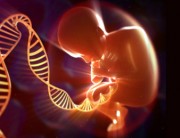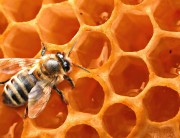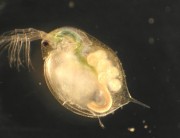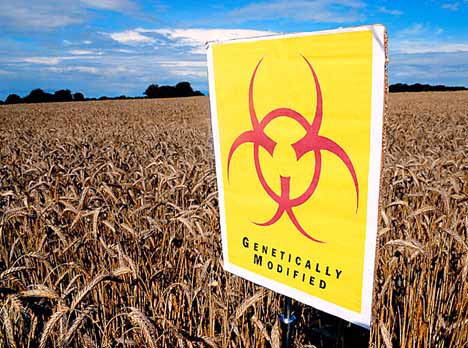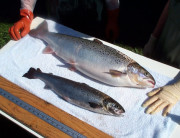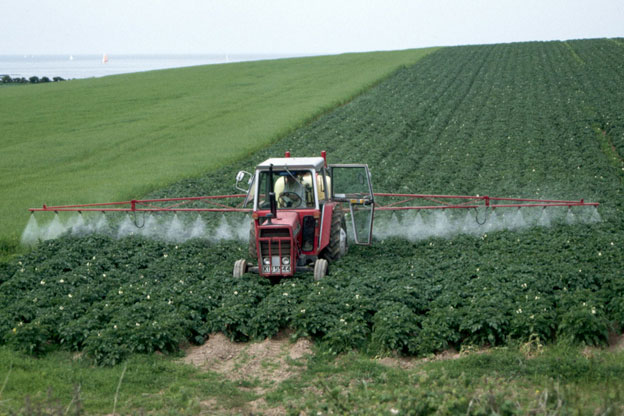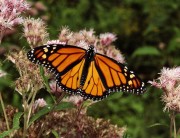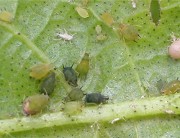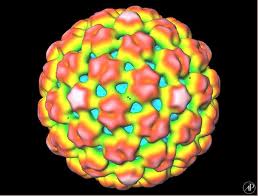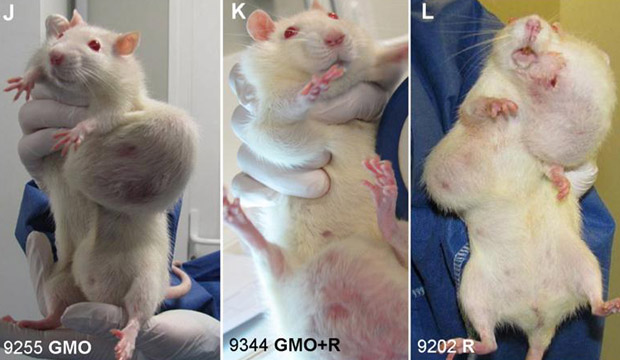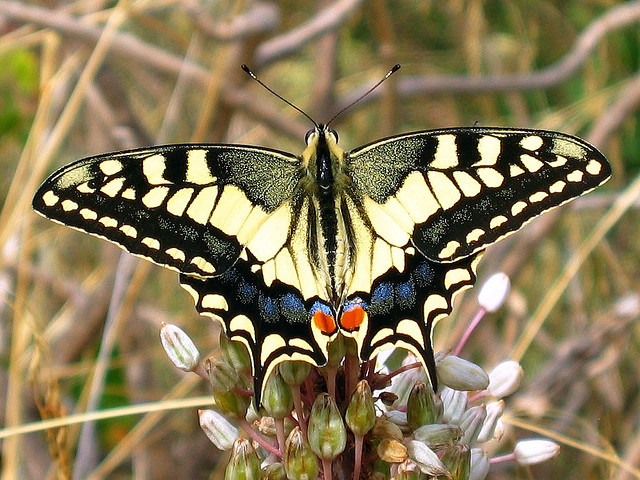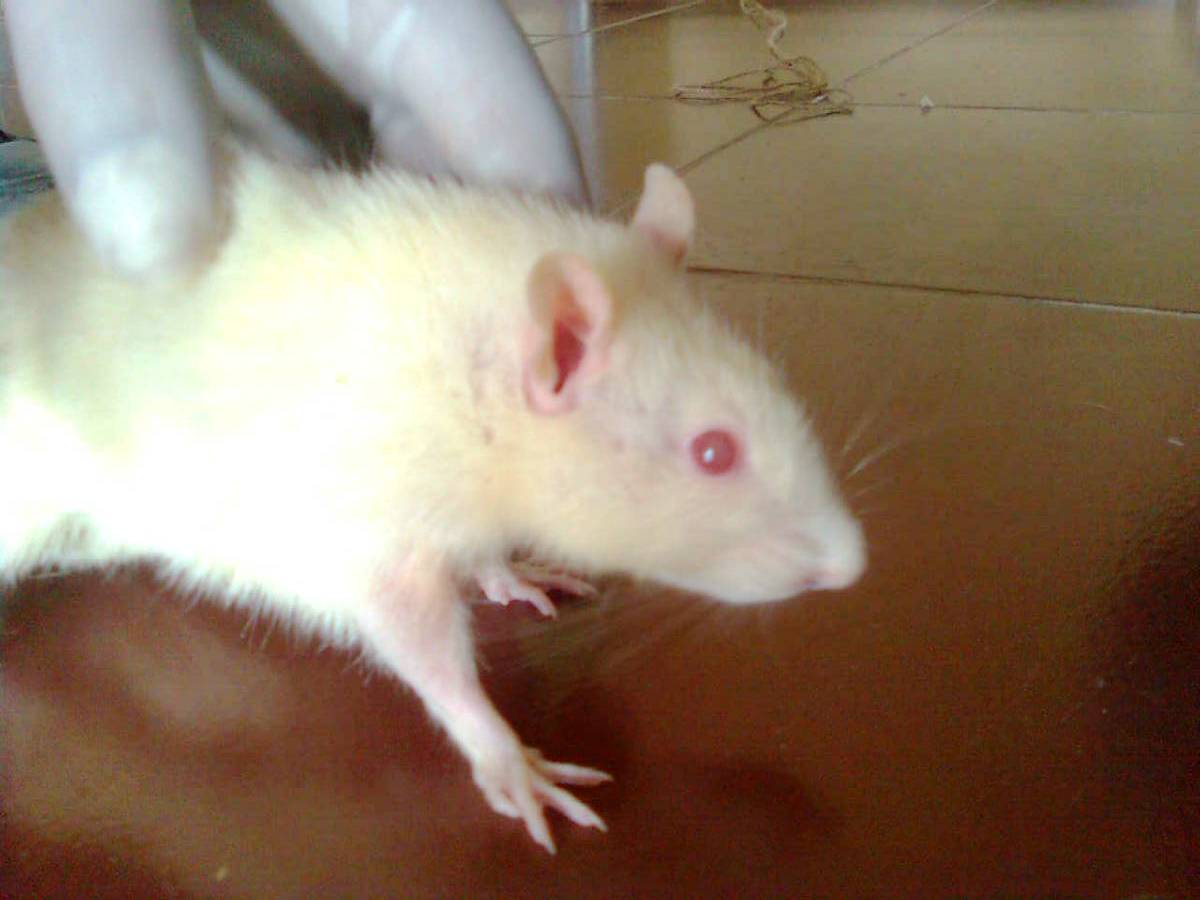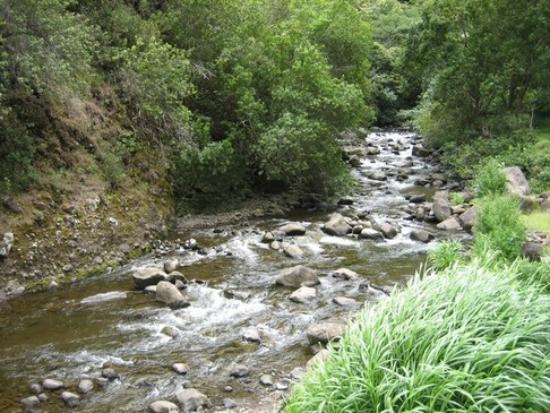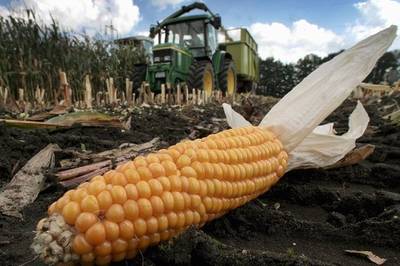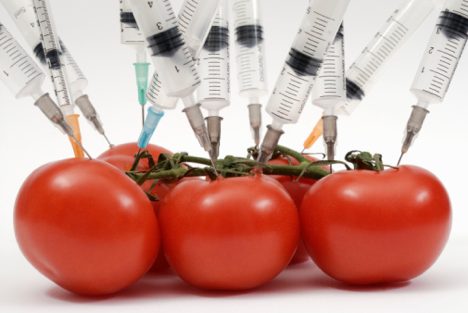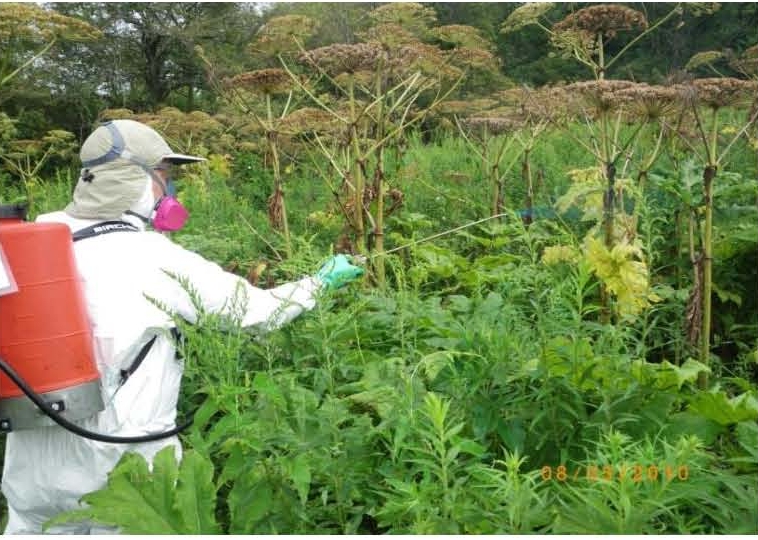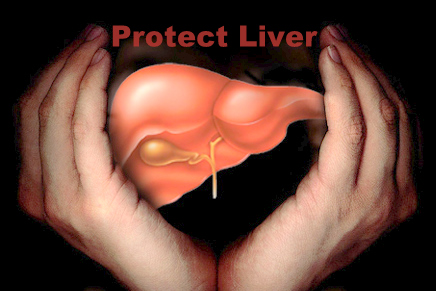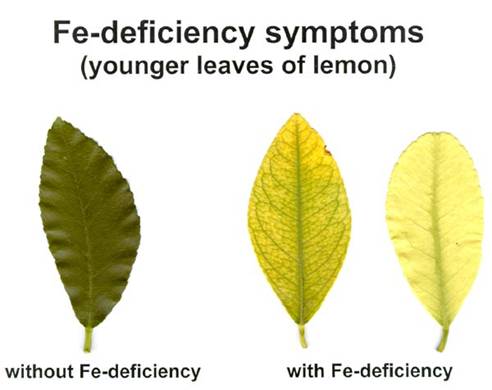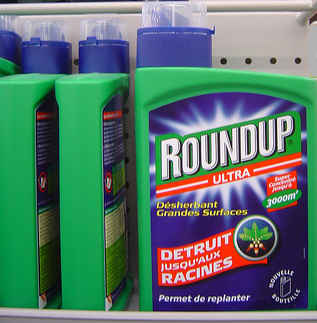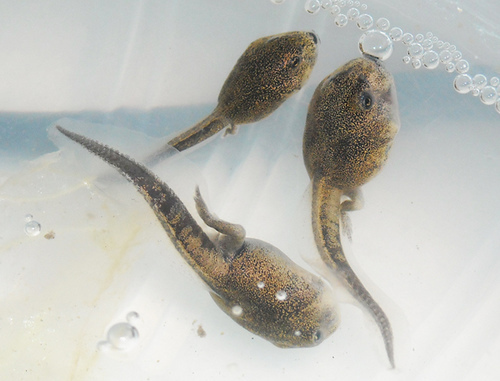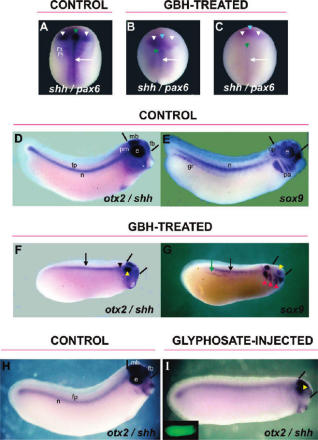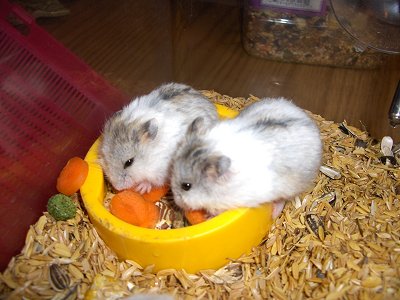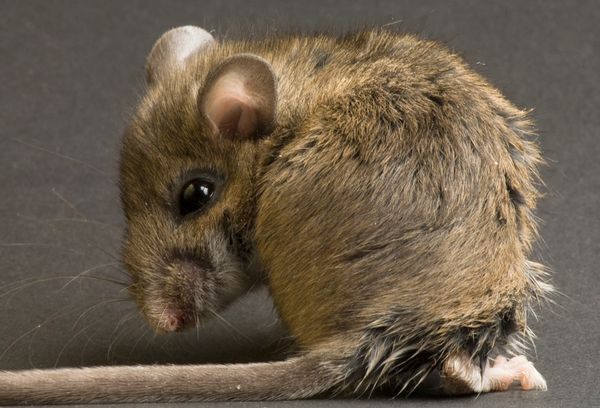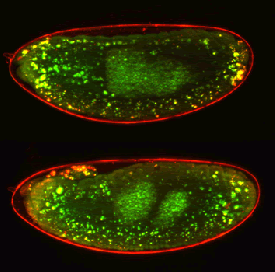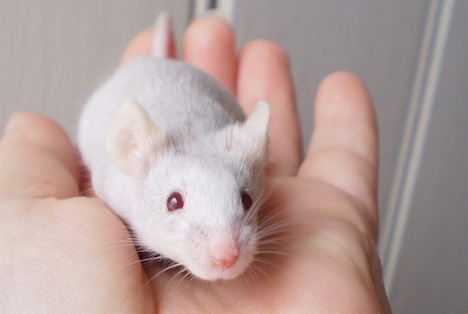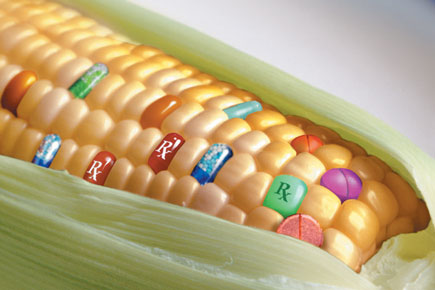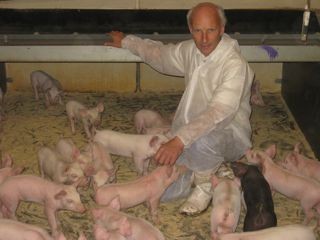This latest study on levels of the World’s most used herbicide, glyphosate, shows that it has unexpected effects on the River Elbe Estuary in Germany.
The herbicide Glyphosate affects nitrification in the Elbe estuary, Germany
Source: http://adsabs.harvard.edu/abs/2015EGUGA..1713076S
Authors: Tina Sanders, Stephan Lassen
Abstract
The Elbe River is one of the biggest European rivers discharging into the North Sea. It also transports high amounts of nutrients and pollutants like pesticides. Important source regions of both nutrients and pollutants are located within the river catchment, which is dominated by agricultural land-use. From these agricultural soils, pesticides can be carried via the river and estuary into the North Sea. Glyphosate (N-(phosphonomethyl) glycine) is the most commonly used herbicide worldwide and mainly used to regulate unwanted plant growth and for the expedition of crop ripening. In Germany, ~ 6000 tons of glyphosate are applied yearly in agriculture and private use. Glyphosate is degradable by microorganisms and has a half-life in water of 35 to 60 days. This herbicide specifically inhibits 5-enolpyruvylshikimate-3-phosphate synthase (EPSPS), an enzyme that catalyzes the biosynthesis of essential aromatic amino acids in plants, fungi, and bacteria. Nitrifying bacteria, which play an important role in the internal nitrogen cycling in the Elbe estuary, also possess this enzyme. The aim of our study was to quantify the concentration of glyphosate in water and sediment samples of the Elbe to get an overview about relevant environmental levels and to assess the impact of glyphosate on inhibition of nitrifying activities. To quantify the effect of glyphosate on nitrification activity, natural samples as well as pure cultures of Nitrosomonas europea (strain Nm50) were incubated with different concentrations of glyphosate over a period of some weeks. The nitrifying activity was determined according to changes of the nitrite and nitrate concentration as well as the cell number. Glyphosate was detectable in water and sediment samples in the Elbe estuary with up to 5 ppb mainly in the Port of Hamburg region. In both incubation experiments an inhibiting effect of glyphosate on nitrification could be shown. The incubated natural water sample was affected by a glyphosate concentration that was 1000 fold higher than the measured natural levels. The pure culture Nitrosomonas europaea (Nm 50) was more sensitive and was already inhibited by concentrations 10 to 100 fold above the in-situ concentrations. Overall, we find that glyphosate is apparently not as easily degradable as expected, as it can be detected in the water column and sediment of the Elbe estuary in spring and summer. Our results indicate that especially during bacterial growth, the natural nitrifying community can be affected if glyphosate concentrations in the water column increase.





